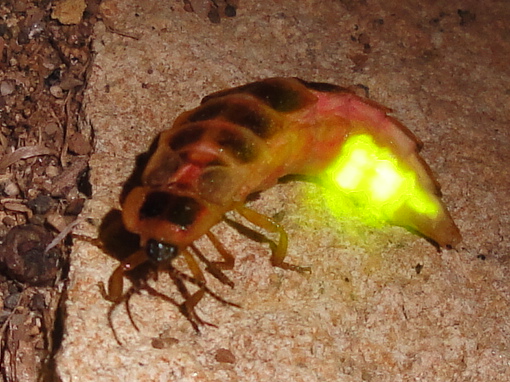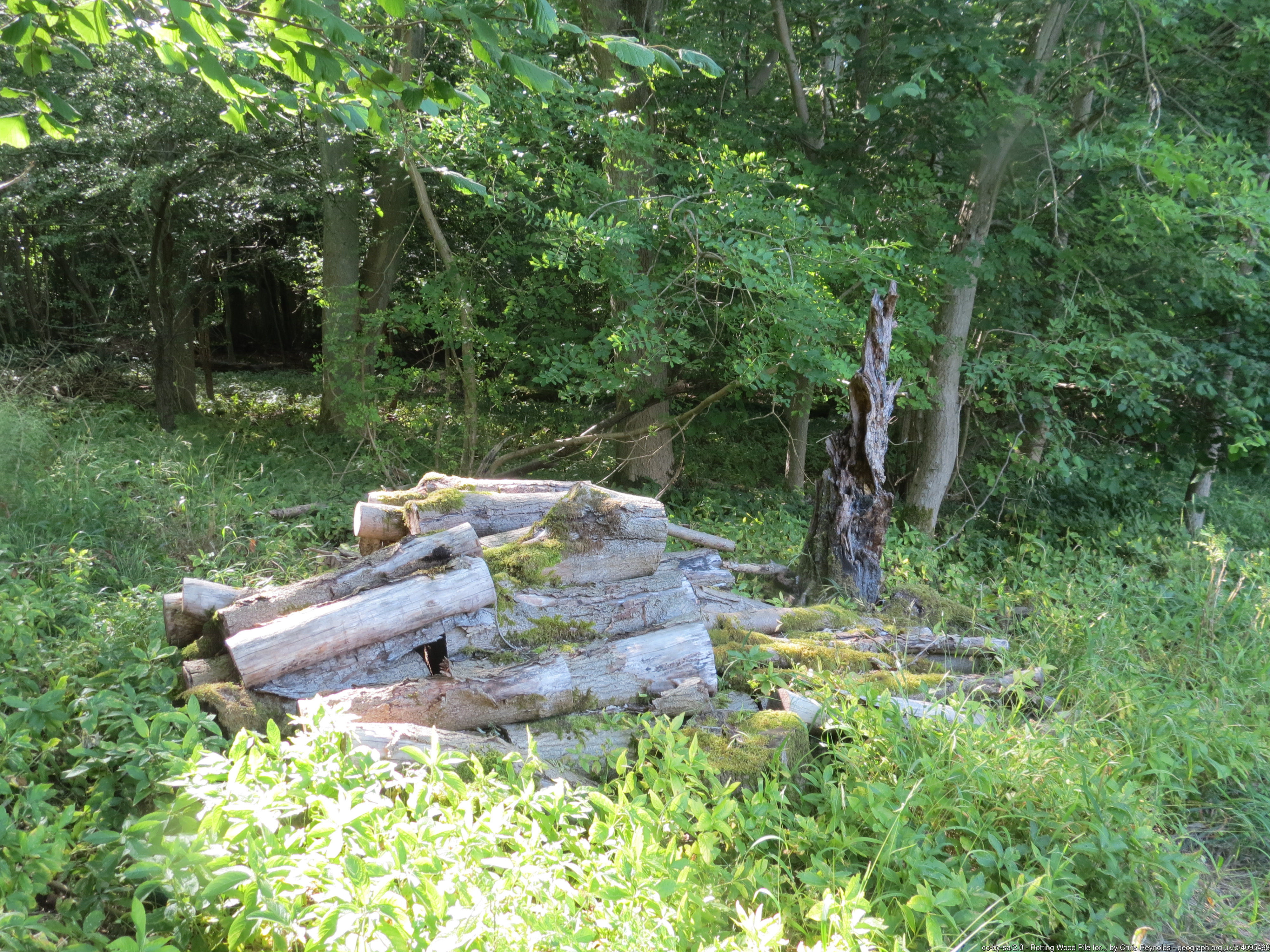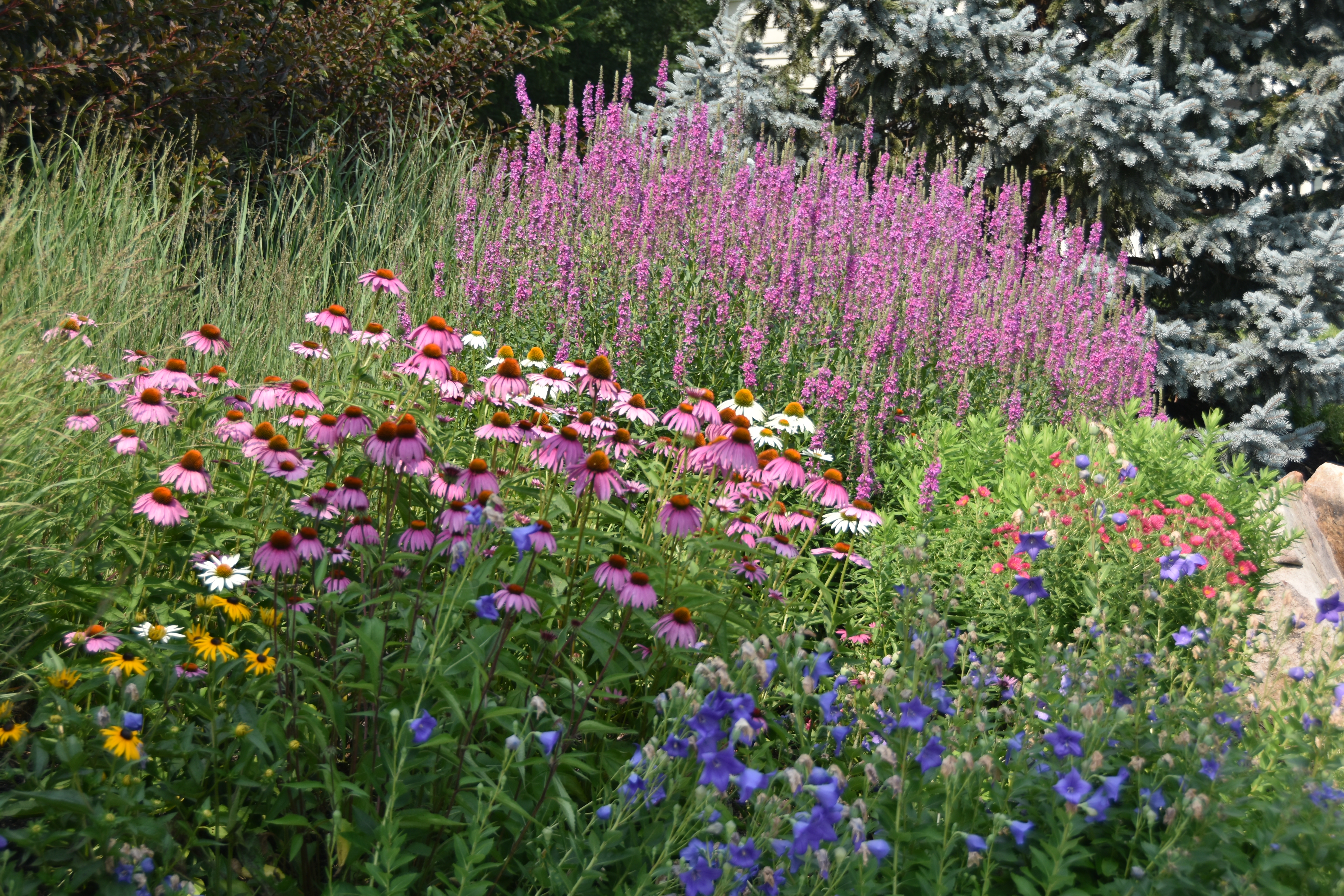Those of us who are “of an age” have fond memories of quietly witnessing, or perhaps breathlessly chasing, the glow of hundreds of fireflies as they flitted across the grass on a summer’s evening. It was pure magic. Unfortunately, because of habitat destruction, overuse of pesticides and light pollution, this magic is disappearing as the number of fireflies declines.
Often considered just interesting entertainment, fireflies are actually part of our beneficial insect population. The larvae voraciously consume slugs, snails, and other insects larvae by injecting them with an enzyme that paralyzes their prey and then liquefies them. Most adults continue to feed on other insects, while some feed on pollen and nectar. Adult fireflies, because of their bioluminescent enzyme luciferase, are important to scientists and researchers doing gene studies.
Fireflies are not flies; they are actually part of the beetle family. Of the 2,000 species of fireflies worldwide, between 150 and 175 types are found in the United States and Canada. Fireflies, or lightning bugs as they are sometimes called, can be found in meadows, around streams, at the edges of woods and in yards that offer the right conditions.
.LIke other beetles, fireflies go through four stages of their life cycle — egg, larva, pupa and adult. Eggs are typically laid in mid-summer and, depending on the species, are placed in or on soil, under mulch or piles of leaves, or burrowed in rotten logs and branches. The eggs hatch in 3 or 4 weeks, usually late summer. The larvae (sometimes called glowworms) live in the soil, and like the adults, are nocturnal.
After passing the winter (some species go through two winters) the larvae create mud chambers in the soil or attach upside down to a tree branch to pupate. Within a few weeks, adults emerge, ready to reproduce, which brings the cycle back to a summer evening and a spectacular light show. Their bioluminescence, those flashing lights, is really not meant as entertainment for us, it is in fact a courtship ritual. Each species of firefly has its own pattern of movements, flashes and rhythms to attract a mate.
As with other beneficial insect population, the decline of firefly populations is an environmental warning signal. Thankfully, there are steps that can easily be taken to help create an inviting habitat for these cherished insects. Invite fireflies to your yard by:
- Eliminate pesticide use. Toxic chemicals don’t discriminate between the good bugs and the harmful. They just kill them all.
- Give them a place to call home. During the daylight hours, fireflies need to rest. Tall grass, leafy shrubs and low-growing plants like ground covers give them a safe corner.
- Provide moisture. Fireflies gather together around puddles during mating season.
- Keep it dim. Night lighting can interfere with their ability to complete their mating rituals.
- Plant native trees, especially thick evergreens that block out artificial light.
- Add a wood pile that can become a buffet for feeding firefly larvae.
- Add plenty of native flowers that provide pollen and nectar for adults.
- Let them be wild. Catching fireflies in a jar is fascinating, but may cause an unintentional insect homicide.
Summer is fast approaching. Let’s invite the fireflies.










